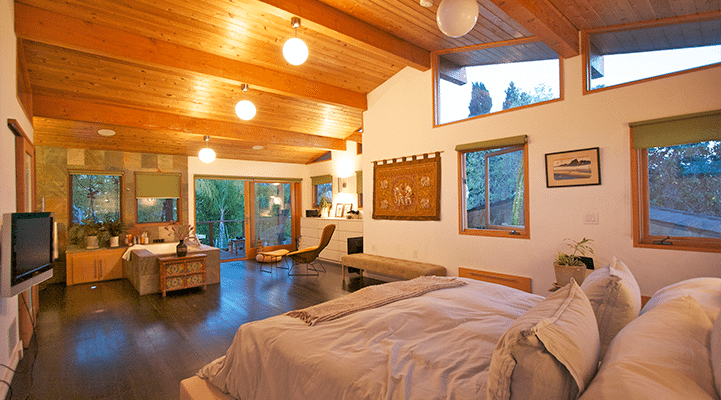
Home automation is a pretty broad topic. Ask ten people what home automation entails and you’ll get ten different answers. For some, it’s simply having a timer on their coffee maker. For others, it’s having a heating system that automatically adjusts throughout the day to conserve energy while still maintaining an ideal temperature. If you want to start exploring, here are five steps to getting started with home automation.
1. Define Your Idea of Home Automation
When it comes to getting into home automation, it all begins with thinking about what you see as home automation. Would some of the most basic home automation tools make you happy? Or, do you expect a smart machine to improve your everyday lifestyle? This step is the first and most important step because it will determine where you go from here, how much money you’ll need to spend, and more.
2. Find Your Type
What is it about home automation that is attractive to you? Is it because you want to work smarter, not harder? Or is there a specific something you want to accomplish? Maybe you tend to forget to water plants, so you want a tool that will automatically do it for you. Or, maybe you want to save energy and make your house more energy-efficient. Before you can jump into home automation, you have to decide where to start.
3. Set a Budget
The sky’s the limit when it comes to home automation, and the same can be said for a budget. Are you planning on just getting your toes wet with home automation, or do want to go full out? You can’t start building or installing anything until you know what you are willing to spend, whether that’s $50 or $5,000.
4. Determine the Complexity
How complex are you willing to get? Or, another way to think of this question is, what will it take to satisfy you? For those who aren’t particularly tech savvy, it may be as simple as adding a light timer to a gadget in order to schedule it to turn on and off at certain times. For others, they may not be happy until their entire house can be controlled with the snap of two fingers.
5. DIY or Outsource?
Lastly, who is going to do the installing? Do you have the mechanical skills and patience to fiddle with parts and test the programming? I for one always enjoy a good DIY, but many projects always end up harder than they look. If you have the money and don’t have the time, you might want to look into companies that can do the installing for you.
Photo by: Jeremy Levine




